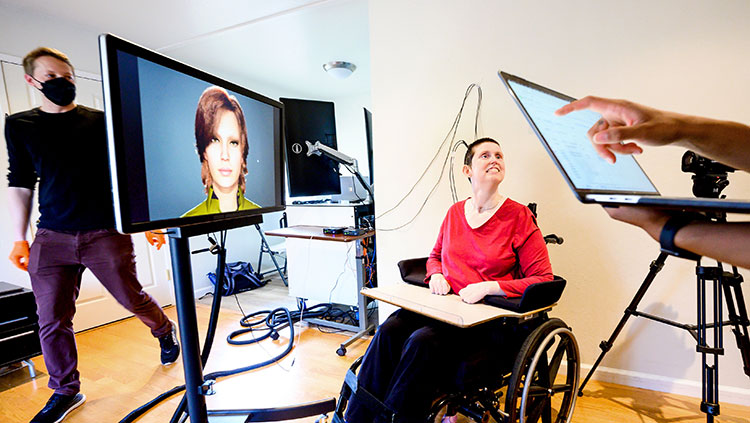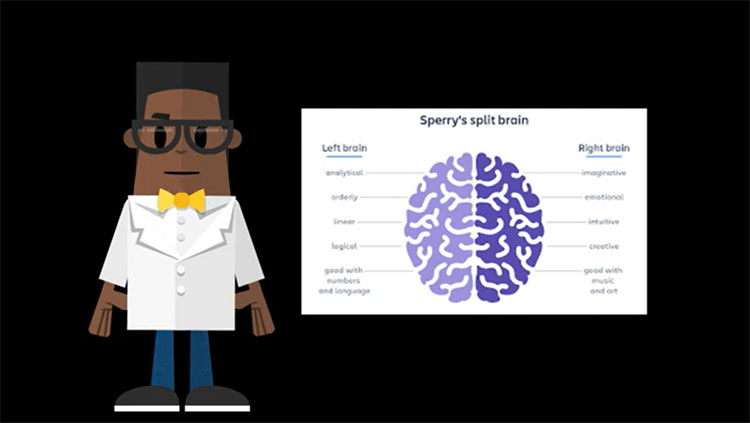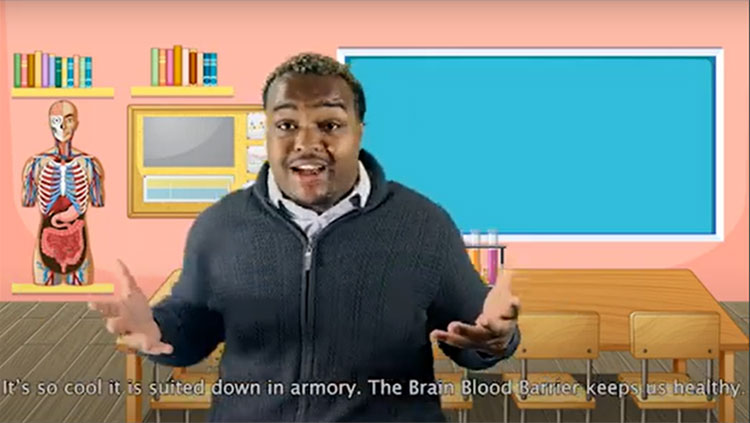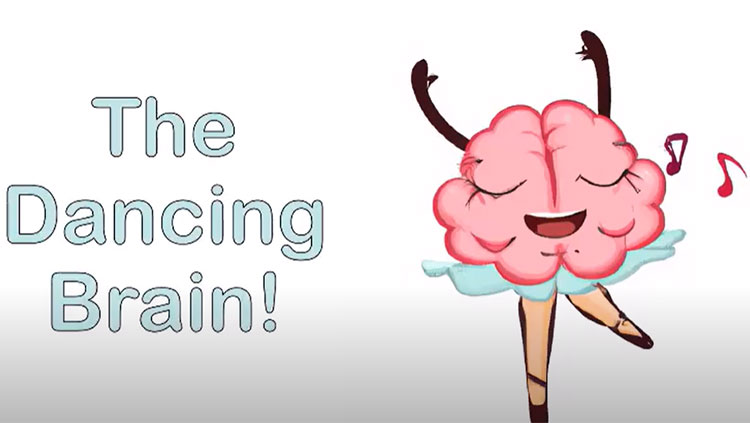It’s unfair to have Morgan Freeman, with his smooth, deep voice, say it. In the trailer for the upcoming film Lucy, the actor who has played both the President and God addresses an auditorium of students and says, “It is estimated most human beings only use 10 percent of their brain’s capacity…Imagine if we could access 100 percent.” It’s hard not to believe Morgan Freeman. But in this case, he’s wrong.
The idea that we only use 10 percent of our brains is a myth. “The crazy thing about this belief is that despite being totally false, it is so well-known,” says Sam Wang, Ph.D., a Princeton neuroscientist and author of Welcome to Your Brain. So how did it start?

According to neurologist Richard Restak, M.D., a Dana Alliance member, some of the early chemical stains showed only about 10 percent of neurons, leading many to believe these were the only active brain cells. Likewise, according to legend, low frequency electrical stimulation only affected about 10 percent of cells. The 10 percent figure caught on and spread like a rumor.
But even before that, says Restak, “I speculate that all this started with an early self-help motivational intent.” Wang says the earliest mention he can find is in the introduction to the Dale Carnegie’s book How to Win Friends and Influence People, first published in 1936, in which psychology pioneer William James is credited (perhaps wrongfully) with saying “the average person develops only 10 percent of his latent mental ability.”
Restak says the best way to disprove the myth is by analyzing synaptic pruning, a process usually completed by adolescence in which the number of neurons and synapses are reduced and more important connections are strengthened. “After pruning we are left with the essential cells, but we aren’t using them at the same time and many of the cells are used in many different functions and processes, not all of which we have confirmed by current technology.”
Just because a region of the brain doesn’t “light up” on an fMRI doesn’t mean it’s not active. To suggest the average person could stop “accessing” 90% of their brain or even have that percentage physically removed and still function as they did previously is absurd.
Yes, the brain is incredibly resilient. And people have sustained damage to different areas of the brain and recovered remarkably well.
That doesn’t mean the affected region is expendable. It’s not inherently wrong to say we’re not using our brain’s full potential. IQ scores have climbed steadily since the early 1900s. But to try to put a specific number on how much of our brain we’re using is a bad idea. “I have a friend who is studying Greek,” Restak says. “He is using cells that I am not using but could use if I so wished. But many of these cells and/or circuits are already in use when I speak my clumsy French. So it’s not a matter of using or not using a certain percentage of cells, but forming, maintaining, and facilitating circuits which share many cells in common.”
So maybe Scarlett Johansson’s Lucy can acquire a large of amount of knowledge in a short period of time, as she’s shown doing in the trailer. But there’s no evidence she could move objects with her mind or have an awareness of the exact percentage of the cerebral capacity she’s “accessing” at any given time.
There is still so much we don’t know about the brain. And that’s a big reason the 10 percent myth lives, especially in Hollywood. The 2011 film Limitless has a similar premise as Lucy, and in the 2005 comedy Wedding Crashers, Owen Wilson’s character says, “You know how they say we only use 10 percent of our brains? I think we only use 10 percent of our hearts.” It would be more accurate to say we only understand 10 percent of our brain.
– Andrew Kahn
CONTENT PROVIDED BY
The Dana Foundation is a private philanthropic organization that supports brain research through grants and educates the public about the successes and potential of brain research.
Also In Anatomy
Trending
Popular articles on BrainFacts.org


















